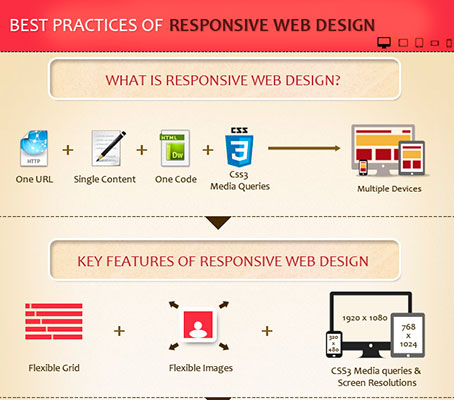Site Design Basics: Tips For Building A User-Friendly Site
Site Design Basics: Tips For Building A User-Friendly Site
Blog Article
Created By-Scarborough Devine
When it involves internet site style, making sure user-friendliness is key. From receptive layout to streamlined navigating, every element plays a vital role in producing a site that deals with your target market's needs. But what about the finer details that can make or damage a user's browsing experience? Keep tuned as we discover some often-overlooked pointers that can raise your site's functionality to the following degree, making it truly stand out in the digital landscape.
Value of Responsive Style
Receptive style is an important aspect of modern-day site advancement. Guaranteeing your web site is responsive means that it can adapt to various screen sizes and gadgets, giving a smooth experience for individuals.
With the enhancing use mobile phones and tablets to access the web, having a responsive design is essential for getting to a broader target market. It assists in improving individual experience by making your web site easy to navigate and keep reading any kind of tool.
In addition, receptive style can positively affect your online search engine positions, as internet search engine like Google focus on mobile-friendly sites. By having a receptive design, you're also future-proofing your internet site, as new devices with differing display sizes remain to emerge.
Simplify Navigation Structure
To enhance customer experience and assist in easy accessibility to information on your website, enhancing the navigating structure is extremely important. When making your site, focus on creating a clear and intuitive navigation menu that helps site visitors discover what they're looking for promptly.
Limit the number of menu products to the fundamentals, grouping relevant pages with each other to avoid frustrating users. Usage detailed labels that plainly suggest the web content of each page, making it easier for users to recognize where each web link will certainly take them.
Think about carrying out dropdown food selections for subcategories to avoid cluttering the main navigation bar. Additionally, include a search bar plainly on the web page for customers who favor looking for specific details.
https://www.hospitalitynet.org/news/4109831.html in your navigating style to make certain very easy accessibility on all tools.
Maximize Web Page Load Speed
Improving page load speed is critical for preserving site visitors on your site. Slow-loading https://kameronjeytn.blog2freedom.com/31150373/methods-for-producing-an-amazing-web-site-layout-that-draws-in-visitors annoy customers and can cause high bounce prices. To optimize web page lots rate, start by enhancing photos. Compress pictures without jeopardizing quality to reduce their data sizes.
In addition, make it possible for internet browser caching to keep often accessed sources in your area, speeding up tons times for returning visitors. Minify CSS, JavaScript, and HTML files by eliminating unneeded characters, remarks, and format, improving load speed.
Consider making use of a web content delivery network (CDN) to disperse your internet site's content throughout multiple web servers worldwide, decreasing latency for customers accessing your site from various places. Finally, restrict making use of third-party scripts and plugins, as they can dramatically impact load times.
Conclusion
To conclude, by including receptive style, streamlining navigating, and enhancing web page load rate, you can create an user-friendly site that interest a broader target market and boosts individual experience. These essential elements make sure that site visitors can easily access and browse your website across different devices, leading to raised engagement and complete satisfaction. By concentrating on these essential aspects, you can build an effective website that maintains users returning for even more.
